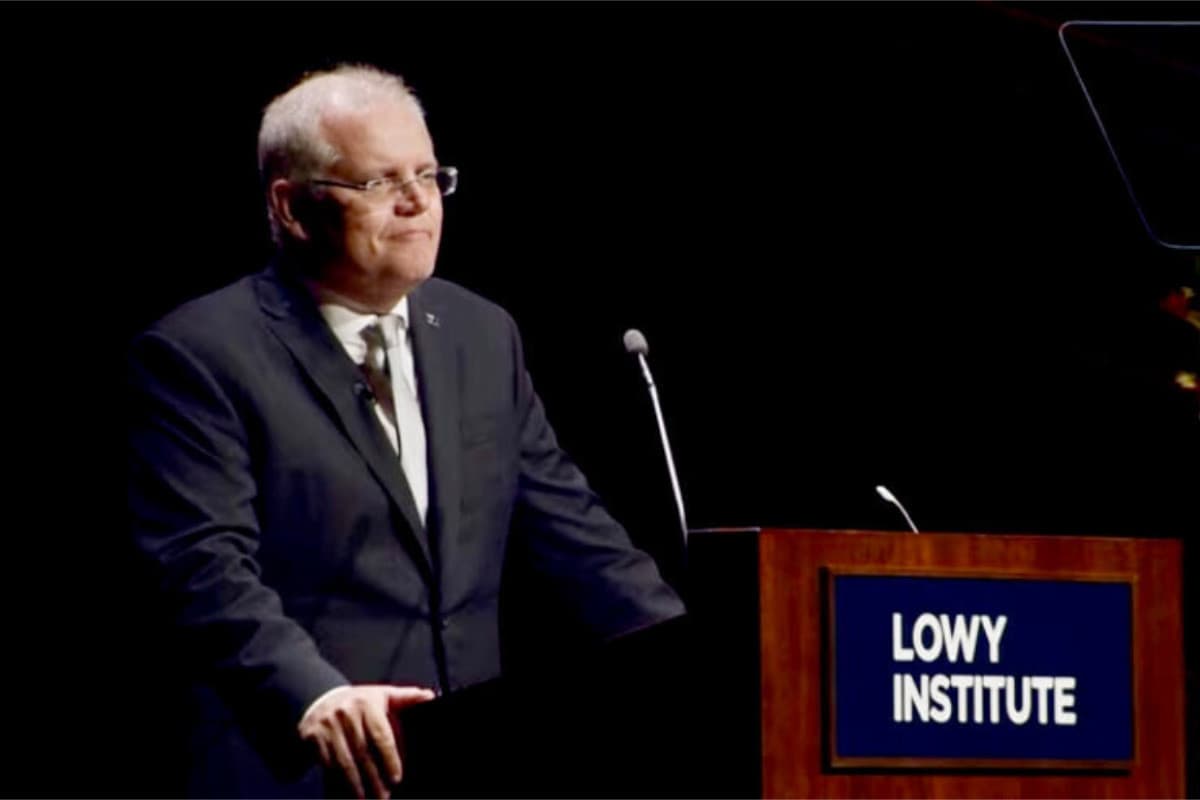At today’s National Press Club (NPC) address, Prime Minister Scott Morrison announced a $2.2 billion Research Commercialisation Action Plan, which includes about $2 billion in new money.
The plan is a extention to the existing Modern Manufacturing Strategy.
Morrison said efforts to boost manufacturing and supply chain resilience in the wake of the COVID-19 pandemic need to be linked to world-class research at universities.
The Prime Minister highlighted that 85 per cent of Australia’s research is rated at or above world standard. Yet, it continues to underperform in achieving commercialisation outcomes.
“We need to find and develop a new breed of researcher entrepreneurs here in Australia,” Morrison stressed in the speech.
He went on to say the government is taking its Modern Manufacturing Strategy to the next level “by fusing it with greater investment in our world-class university research capabilities.”
Where will the money go?
At the centre of the plan is a 10-year $1.6 billion competitive program. Australia’s Economic Accelerator program is directed at the “valley of death”. That is where high-risk research is not advanced towards commercialisation.
Mr Morrison said that driving commercialisation is “the key policy challenge concerns the so-called ‘valley of death’ – where early-stage research is frequently not progressed to later stages of development because of the risk and uncertainty about commercial returns.
“We know this is not insurmountable. Other countries have made a better fist of solving this problem, particularly in the United States”
He said the Economic Accelerator fund is “designed to attract projects at proof-of-concept or proof-of-scale level of commercial readiness.
“The fund will allow Australian innovators to access funding opportunities for each stage of their project – provided they can continue to prove project viability and commercial potential.
“Industry involvement and engagement is required at every stage.”
The remaining $600 million in funding will be divided into:
- $150 million to expand CSIRO’s Main Sequence Ventures program, to assist start-ups and promote commercial opportunities for research.
- $296 million for 1800 industry-focused PhDs and 800 fellowships, funded over ten years.
- the previously announced $247 million Trailblazer Universities programme for selected institutions to work with industry on national manufacturing priorities.
Federal Election
The initiative comes against a backdrop of worsening polls months before an election, due in May or earlier.
On Monday, the Australian newspaper Newspolls showed satisfaction with Morrison’s performance dropped five points to 39% in January. The government now trails Labor 44-56 per cent.
Approval ratings are now at their lowest since March 2020, amid criticism of his government’s handling of the Omicron outbreak.
The Prime Minister faces a massive test of his resilience as he seeks re-election.
It’s traditional for both major party leaders to front the NPC at the start of the year. Anthony Albanese delivered his address last week.
In his speech, Mr Morrison reflected on lessons learned from storms, floods and the Omicron coronavirus wave that disrupted Australians’ summer.
In the mid-year budget, the government set aside multi-billions for unannounced targeted spending. This money is expected to be a significant part of the government’s election strategy.
Morrison emphasised in his speech that today’s spending announcement “is not an election promise,” that, “these are funded programmes already in the budget, incorporated into the mid-year budget update”.
Read more: U.S. Federal Reserve signals rate hikes in March
Read more:Australian Open goes green: AO partners with Samsara
Keep up to date with our stories on LinkedIn, Twitter, Facebook and Instagram.

